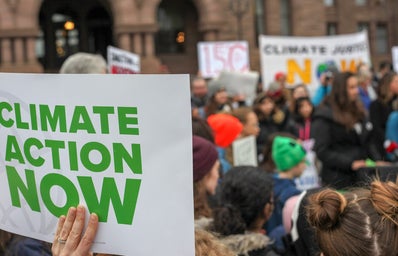Canada portrays itself as a sustainable, progressive country but is that really the case? Prime Minister Justin Trudeau has been one of the most outspoken leaders on climate change. However, that isn’t always reflected in his policies and actions, mainly concerning the Alberta tar sands.
Tar sands
The Alberta tar sands are vast oil fields and mines. They cover an area larger than England and are one of the biggest industrial projects on the planet.
The type of oil in the tar sands is called ‘bitumen,’, and it is extremely heavy, making it difficult to extract. The amount of climate-polluting greenhouse gases emitted per barrel of tar sands oil can be 30% higher than conventional oil.
There are deadly consequences from the impact of mining the tar sands. Oil from tar sand is one of the planet’s most destructive, carbon-intensive, and toxic fuels. Tar sands oil comes from a solid mass that must be extracted via energy-intensive steam injection or destructive strip mining, techniques that completely destroy ecosystems, put wildlife at risk, and defile large areas of land. Finally, when transported by pipeline, or rail, communities, wildlife, and water supplies are in danger of toxic spills that are nearly impossible to clean up. The oil sands industry consumes three barrels of fresh water for every barrel of oil produced. It requires a large infrastructure to transport.
The TransCanada pipeline
In 2018 the Kinder Morgan Company responsible for the pipeline threatened to halt construction according to the Wall Street Journal. This is when Trudeau’s Government announced they will buy the pipeline for c$4 billion dollars. This decision has been explained as such: “Transmountain pipeline expansion is a vital, strategic interest to Canada”. When pushed on the environmental destruction that the pipeline will cause, Trudeau stated that “the alternative to a modern pipeline is oil by rail or oil by trucks because our society continues to need oil right now that’s why we are putting all the profits from the transmission pipeline expansion into the transition towards cleaner energy.” TransCanada has been described as the safest pipeline in the world however, it spilled 12 times in its first two years of operation, including a 21,000-gallon spill in North Dakota that went undetected by TransCanada but was reported by a local rancher.
Pollution
Trudeau has put in place a tax on carbon pollution which can drive down emissions however according to the Environmental Defence Stand, the taxes have an exemption for 80% of oil and gas companies on their emissions. Even if Canada’s most aggressive policies on greenhouse gas emissions were in place they will still fail to meet the Paris Climate Agreements targets according to the office of the auditor general of Canada. There is also a large risk of acid rain, one study found that acid rain would eventually damage an area around the size of Germany in Canada. The oil and gas sector accounts for 26% of the total greenhouse gas emissions and the industry’s carbon footprint is greater than New Zealand and Kenya combined.
Indigenous communities
Separately from the devastating emissions of the trans mountain pipeline, the pipeline runs through sacred tribal land, and the tribes have opposed the government’s plans:
“The oil sands industry has been very destructive to the environment and our communities in the region,” says Eriel Tchewle Dranger, executive director of Indigenous Climate Action, an Indigenous-led organisation. Dranger points out, that the clean-up of mines and tailings ponds will eventually require enormous investment. One government estimate put the bill as high as c$260 billion.
Indigenous communities have been working towards renewable energy and as a result, they are strongly opposed to the Transmountain pipeline, since it could help increase the size of oil sands operations and contribute more to climate change. The Trudeau government spent billions to buy the pipeline which was money that could have improved the poor housing, water infrastructure, and energy deficits within indigenous communities.
Several indigenous communities along the pipeline’s route remain resolutely opposed to it, especially in the province of British Columbia. The pipeline could dramatically increase the number of large oil tankers using coastal waters which could also endanger the local orca population and increase the risk of oil spills.
As much as Canada portrays itself as a world power fighting climate change it has used that perception to front two faces, the face that plays chess with the oil and gas industry and the public face which calls for stronger penalties on those said oil and gas industries.


